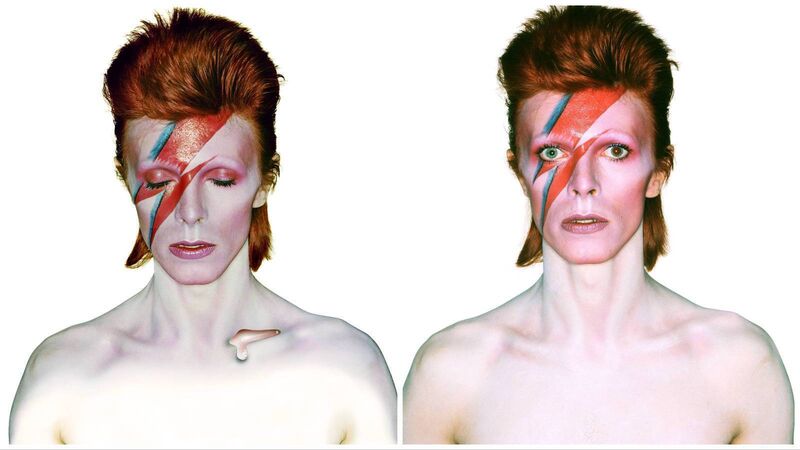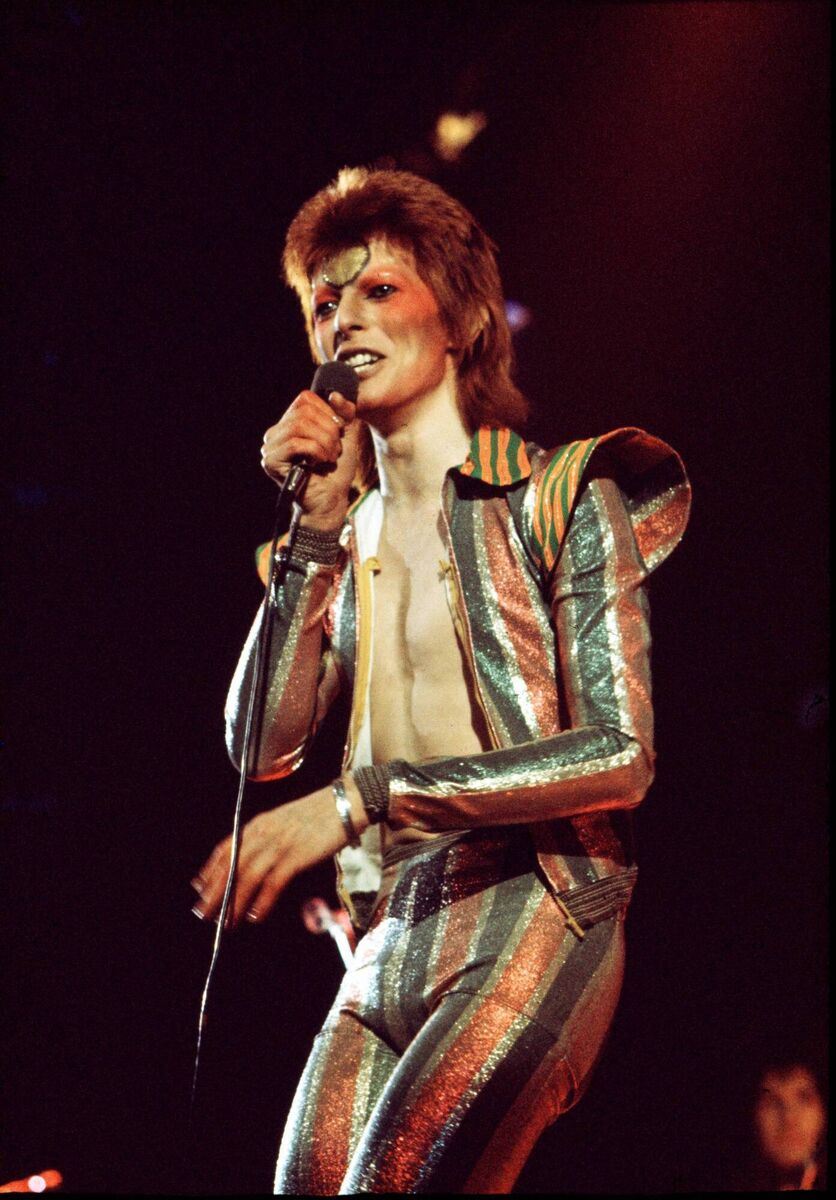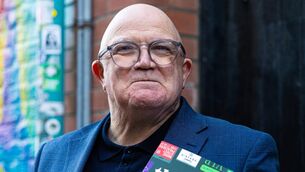Tom Dunne: How Aladdin Sane made David Bowie one of the most famous people on earth

David Bowie - Aladdin Sane
Bowie’s celebrated its 50th anniversary last April. True to form, with everything about that album, its reissue is only arriving now. That’s how it is with : ignoring , and we must, it’s the one between and , the runt of the litter, the forgotten one.
Not that Bowie would say that. He would say it was his first number one, the album with which all the hard work of the previous 15 months – the unending - paid off. It also set him up, almost immediately, for his second number one, , the one we should ignore, for now.
, you could argue — and his manager, Tony Defries, certainly would — made him. It delivered the kind of sales that Defries had always predicted. He’d been marketing Bowie as a chart-topping artist for years.
was Tony’s “I told you he’d be big” moment.
Bowie’s ascent was not the easy ride we Bowie fans would at this point have assumed. The first date of the , February 10, 1972, was in a pub called The Toby Jug and the album, on its June release, got mixed reviews.
It took eight months to get to number five and that on the strength of 'Jean Genie', a single from the then-unreleased which reached number two in December ‘72. Bowie was still committed to tour dates when topped the charts in April ’73.
That success, and the dramatic killing off of the character in July ’73, meant that Bowie had, in 18 months, journeyed from pub rock to being one of the most famous people on earth.
The wrap party for , at Café Royal in Piccadilly was attended by the McCartneys, Ringo, Mick Jagger, Lou Reed, Peter Cook, Dudley Moore, Elliot Gould, Tony Curtis, Ryan O’Neill, Rod Stewart, Keith Moon, Jeff Beck, Janet Leigh, Britt Ekland, Cat Stevens, Barbra Streisand and Bono – Sonny Bono that is.

Seek out online photos. It looks like the with Bowie as the anointed one. Superstars are marvelling at him, fawning over him, vying for his attention, his favours. He looks God-like. Tell him then is not an important album.
Defries’ importance cannot be overstated. Treating Bowie as if he was a major star long before he had the sales to back it up had long been part of the plan. Looks like a star, walks like a star, talks like a star: must be a star, was his modus operandi.
When it came to the photoshoot for , Tony’s main concern was money: he wanted it to cost as much as possible. “The more we owe them, the harder they will work to get it back” he reasoned. And it must be different, astonishing, important.
He approached photographer Brian Duffy, famous at that point for the 1973 Pirelli Calendar. It had pioneered a then-groundbreaking technique called airbrushing. He also used a process called dye transfer which allowed for very vivid colours and suited airbrushing. But best of all, from Tony’s point of view, it was very, very, expensive.
Bowie, seeking ideas he could market, wanted something to rival Elvis Presley’s TCB. This was a logo standing for 'Taking Care of Business', which Elvis had made into custom jewellery used on a chain and as a ring. Interestingly, it comes with a lightning flash.
Bowie copied the lightning flash to create an image which came to define him and a shot for the cover of that has been referred to as the of Pop.
When the hit the US in September 1972 Bowie needed a piano player. They were approached by Mike Garson, a Brooklyn-based, jazz player. Mick Ronson auditioned him. “You’ve got the gig,” Mick said. “But I haven’t played yet,” said Mike. “I can just tell,” said Mick.
It was another example of how the people Bowie needed always seemed to arrive at the right moment. He talks of playing on the title track: “I tried it bluesy, then Latin, then Avant Jazz. Bowie said 'go jazz' so I just tried to imagine, if he could play as well as me, what would he play? I played it, and it lifted the roof off!”
He plays on , and . They alone are worth the price of admission. It is, at the very least, a snapshot of Bowie in transition. And what a transition.




